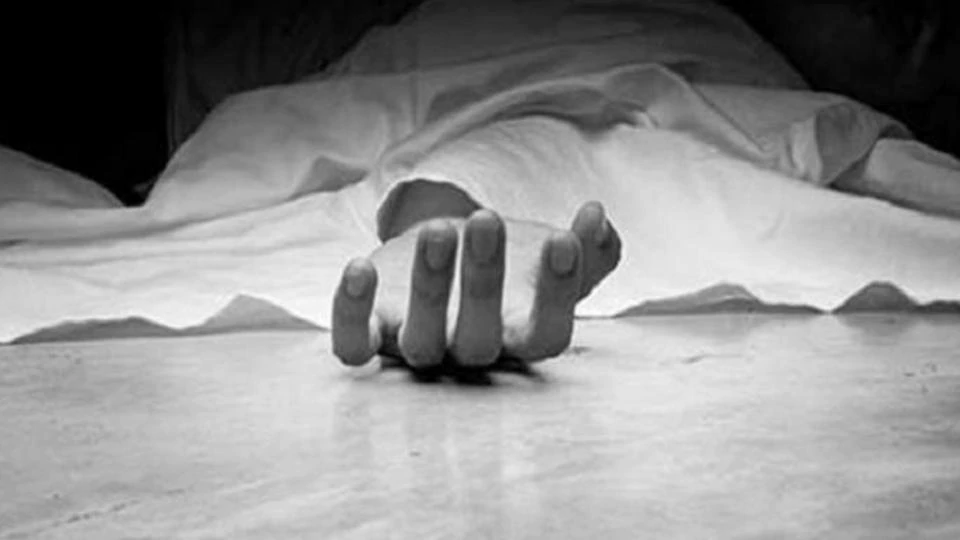World Suicide Prevention Day 2019: How can we help?
 Every year, a huge number of people lose their lives to suicide. This number is higher than the deaths caused by war and road accidents! Today, September 10, is World Suicide Prevention Day—a day dedicated to raising awareness of the risks of suicide and the challenges faced when trying to prevent death by suicide. The International Association for Suicide Prevention (IASP) collaborates with the World Health Organization (WHO) and the World Federation for Mental Health (WFMH) to host the day every year.
Every year, a huge number of people lose their lives to suicide. This number is higher than the deaths caused by war and road accidents! Today, September 10, is World Suicide Prevention Day—a day dedicated to raising awareness of the risks of suicide and the challenges faced when trying to prevent death by suicide. The International Association for Suicide Prevention (IASP) collaborates with the World Health Organization (WHO) and the World Federation for Mental Health (WFMH) to host the day every year.
According to the World Health Organisation, one person takes their own life every 40 seconds. Suicide is among the top 20 leading causes of death globally. Every year, it accounts for over 800,000 deaths. This is despite the progress in suicide prevention activities in some countries. The figures, according to WHO, show the continued work that needs to be done by some countries to prevent preventable deaths by suicide. “Every death is a tragedy for family, friends and colleagues. Yet suicides are preventable. We call on all countries to incorporate proven suicide prevention strategies into national health and education programmes in a sustainable way,” says WHO Director-General, Dr Tedros Adhanom Ghebreyesus.
Following its findings, WHO, in collaboration with global partners, the World Federation for Mental Health, the International Association for Suicide Prevention and United for Global Mental Health, has launched a 40 seconds of action campaign. The month-long campaign aims to raise awareness of the scale of suicide around the globe and the role that each person can play in preventing it.
Treatments and therapies for people with suicidal thoughts or actions will vary with age, gender, physical and mental well-being, and with individual experiences.
Here are some steps we can take to be the one to help someone in emotional pain;
ASK: “Are you having thoughts of self harm?” It’s not an easy question, but studies show that asking at-risk individuals if they are suicidal does not increase suicides or suicidal thoughts.
KEEP THEM SAFE: Reducing a suicidal person’s access to highly lethal items or places is an important part of suicide prevention. While this is not always easy, asking if the at-risk person has a plan and removing or disabling the lethal means can make a difference.
BE THERE: Listen carefully and learn what the individual is thinking and feeling. Research suggests acknowledging and talking about suicide may reduce rather than increase suicidal thoughts.
HELP THEM CONNECT: Save the National Suicide Prevention Lifeline’s and the Crisis Text Line’s number in your phone. Make sure it’s there when you need it. You can also help make a connection with a trusted individual like a family member, friend, spiritual advisor, or mental health professional.
STAY CONNECTED: Staying connected after a crisis or after being discharged from care can make a difference. Studies have shown the number of suicide deaths goes down when someone follows up with the at-risk person.
IDENTIFY: As doctors we need to pay attention to the red flags for depression and mood disorders.
Research has shown that a three-question screening tool helps emergency room personnel identify adults at risk for suicide. Screening all patients – regardless of the reason for their emergency room visit – doubled the number of patients identified as being at risk for suicide. According to the research, suicide-risk screening tools could identify more than three million additional adults at risk for suicide each year.
Researchers from NIMH partnered with the VA and others to develop computer programs that could help predict suicide risk among veterans receiving VA health care. Other healthcare systems are beginning to use data from electronic health records to help identify people with suicide risk as well.
Let’s help such people by;
*Improving awareness of the significance of suicide as a global public health problem.
*Improving knowledge of what can be done to prevent suicide.
*Reducing the stigma associated with suicide.
*Letting people who are struggling know that they are not alone.
Apart from these, psychotherapies and medications also do good. On the occassion of Suicide Prevention day, let us make them aware that suicide is not the wisest option, no matter how difficult the circumstances are.
Source: WHO, NIMH, Independent.co, News18.